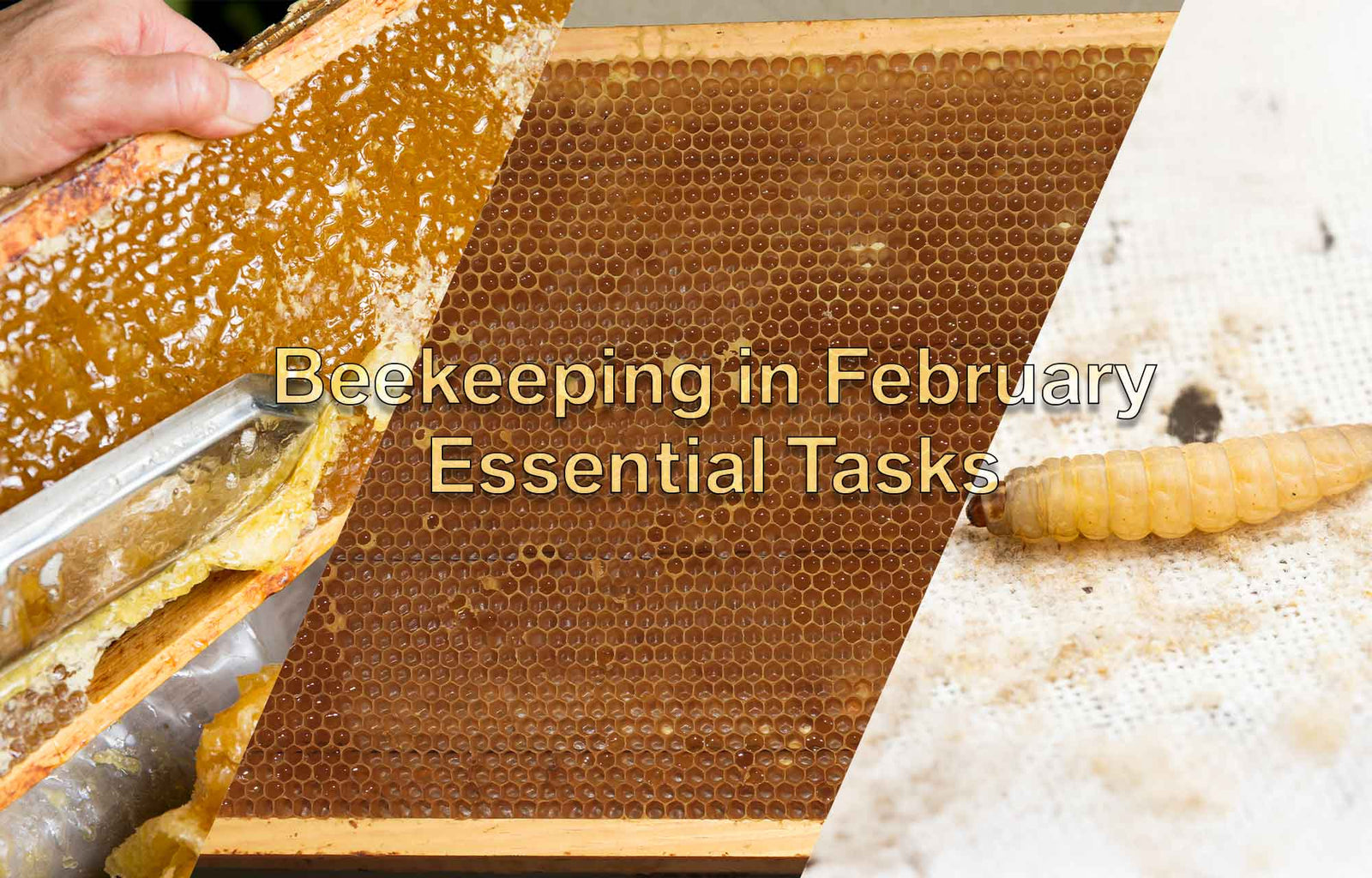February is a crucial month for beekeepers in Australia. With summer drawing to a close, there are important tasks to manage, including honey harvesting, cleaning sticky frames, and inspecting for pests. Ensuring your hive remains strong and well-prepared for the cooler months ahead is essential for a successful beekeeping season.
1. Harvesting Honey: Proceed with Caution
Honey harvesting is an exciting part of beekeeping, but it requires careful planning and responsibility. Before removing any honey frames from your supers, consider the following:
- Assess Colony Needs: Ensure your bees have adequate honey reserves to sustain them. Taking too much honey can leave colonies without enough food, leading to starvation.
- Check for Nectar Flow: If nectar sources are still available, the bees can replenish their stores. However, if the nectar flow is diminishing, be mindful of how much you take.
- Use Proper Techniques: When removing frames, work carefully to avoid stressing the bees. Use a bee escape board or a fume board with non-toxic bee repellents to encourage bees to vacate the supers gently.
- Monitor Colony Strength: Some colonies may already be experiencing food shortages. If your hive seems light on stores, consider supplemental feeding to prevent starvation.
2. Cleaning Sticky Frames: Preparing for Storage
Once honey has been extracted, the next step is to return sticky frames to the hive for cleaning. Bees are incredibly efficient at removing residual honey, which helps prepare the frames for storage. Follow these steps:
- Place Extracted Frames Back in the Hive: Return the sticky frames to the hive for a few days. This allows the bees to lick them clean and redistribute any remaining honey.
- Rotate Frames Properly: Position them in a super above the brood nest so the bees can easily access them.
- Monitor Cleaning Progress: After a few days, inspect the frames. Once dry and free from excess honey, remove them for proper storage before autumn and winter.
- Store Properly: Store dry, clean frames in a sealed container or freezer to prevent wax moth infestation during the off-season.
3. Inspect Your Hives for Pests
February's warm and humid conditions create an ideal environment for pests, making regular hive inspections critical. Here are some key threats to watch for:
- Small Hive Beetle (SHB): With colony sizes reducing post-summer, SHB can become a serious problem. Regularly inspect for beetle larvae and manage infestations with traps or hive beetle oil.
- Wax Moth: Reports suggest wax moths are appearing earlier than usual. Keep an eye out for larvae tunneling through combs and remove affected frames to prevent further damage. Consider treating with the approved Wax Guardian.
- Varroa Mite: In NSW, Varroa mite is spreading south, with confirmed cases in the ACT. If you are in an affected area, conduct Varroa alcohol wash tests to determine mite levels. Prompt treatment is essential if mite counts exceed safe thresholds.
Final Thoughts
February is a pivotal month for Australian beekeepers. Responsible honey harvesting, proper frame cleaning, and vigilant pest inspections will ensure your colonies remain healthy and productive as the seasons change. Stay informed, conduct regular hive checks, and always prioritize the well-being of your bees. Happy beekeeping!

